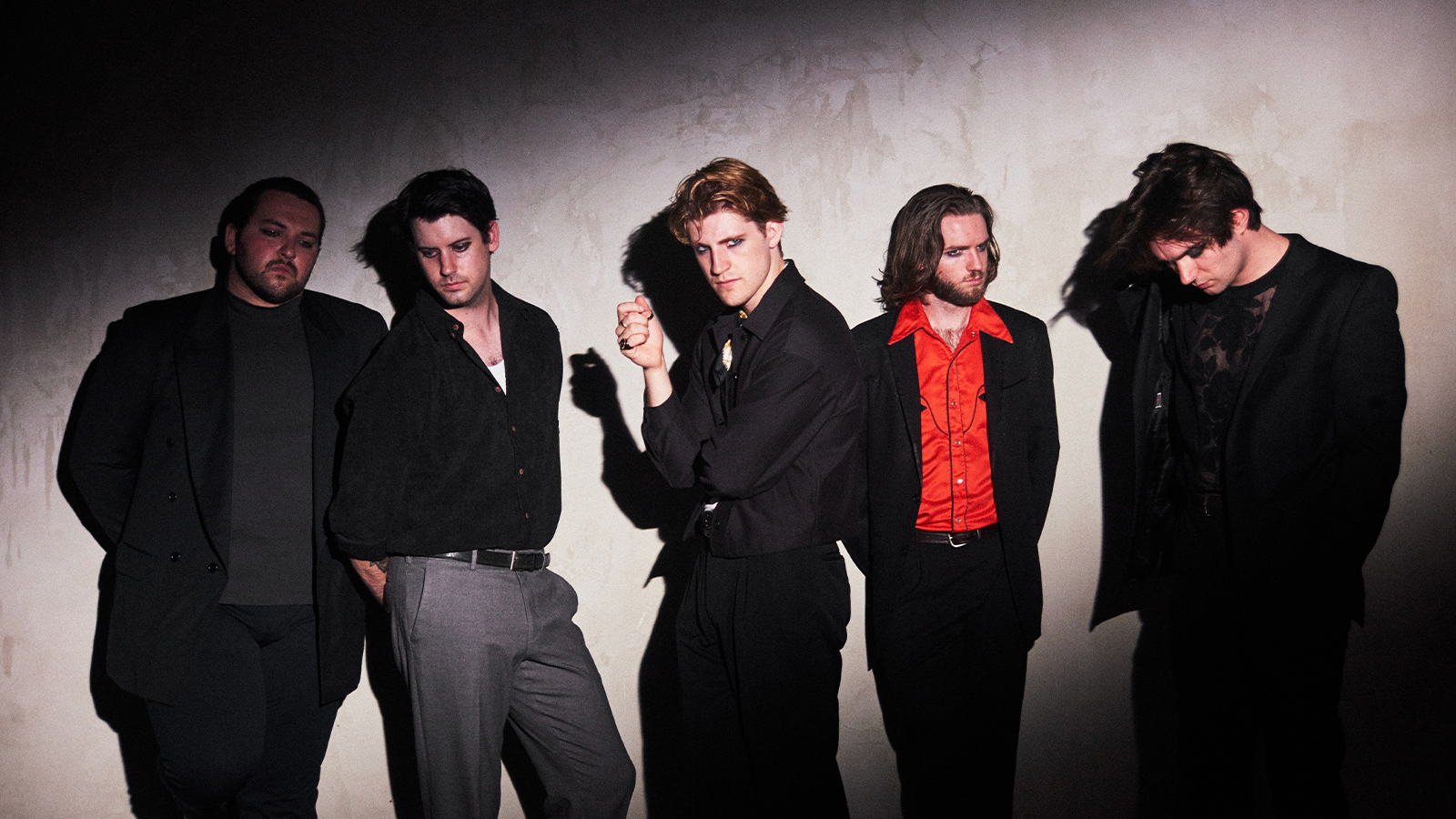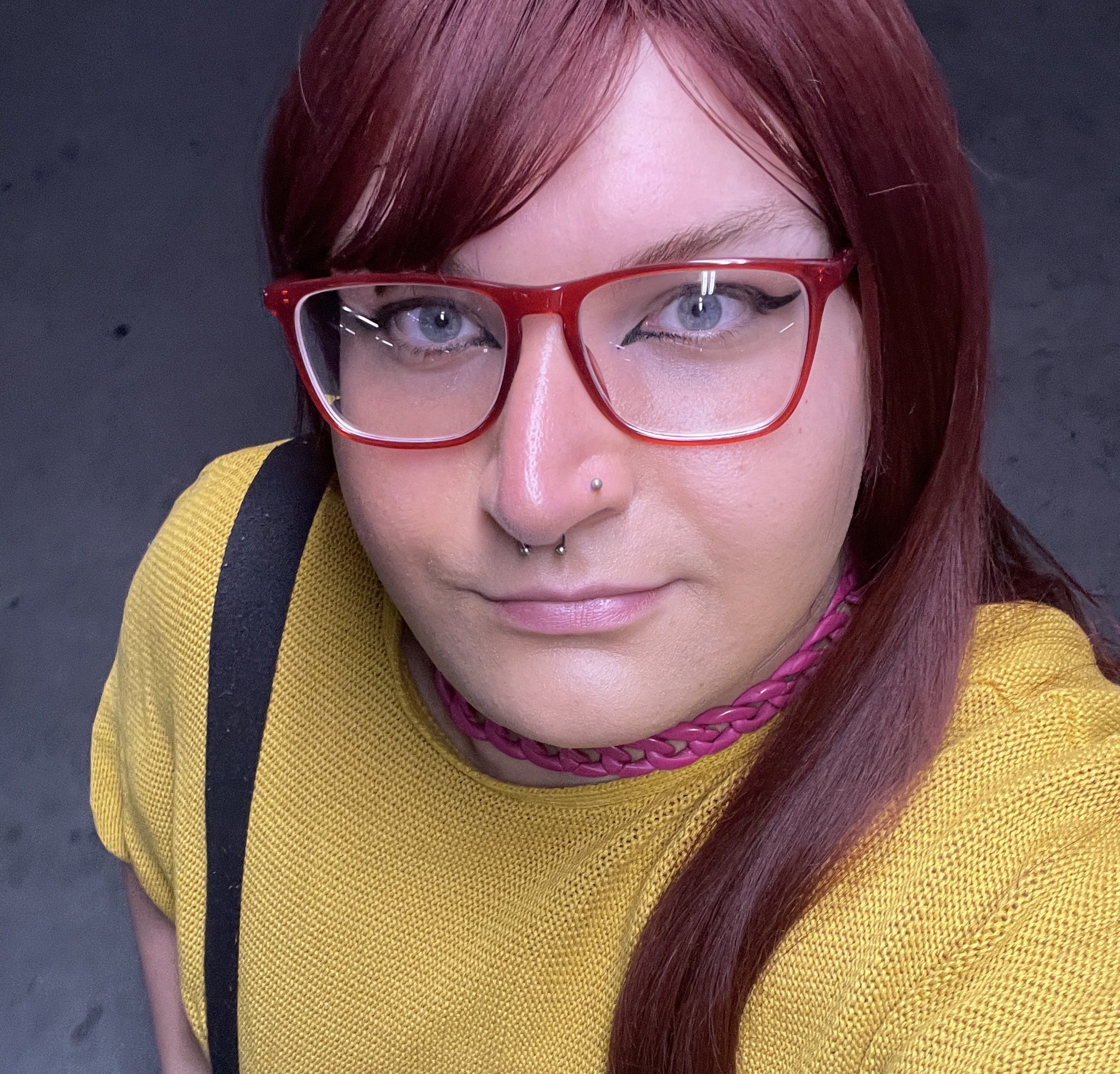Thornhill: “I basically wrote every song to soundtrack a different movie or TV show”
As Thornhill continue to evolve from their metalcore roots, the Melbourne troupe embrace an unexpected influence: Hollywood

Music and film have been inseparable since the early days of the latter’s existence, and nothing has the power to elevate a movie’s impact quite like a powerful soundtrack. But in the case of Thornhill’s ambitious new record Heroine, the opposite is true – it’s a conceptual alt-rock epic that draws its biggest cues from Hollywood, with each track framed as a spiritual score for one of the many classic films and TV shows the band’s members were obsessed with in its genesis.
‘Arkangel’, for example, recalls the moody and melodramatic flair of ‘90s staples like Buffy and Twin Peaks, while ‘Casanova’ plucks its aesthetic from the seminal Bond flicks of the ‘60s and ‘70s. Twined around Thornhill’s smoky and evocative slate of ‘core-twinged alt-rock – building on the breadth of grisly, yet atmospherically dense tones laid down their 2019 debut, The Dark Pool – Heroine serves to further establish the Melbourne maestros as shoe-ins for the next generation of stadium-packing legendaries.
According to guitarist Ethan McCann, that extraordinary scope was at the forefront of Thornhill’s ambitions for the record. Though touring for now is confined to clubs and small theatres – and most of the record was minted in bedrooms during last year’s COVID-19 lockdowns – the band set out to create something grandiose and theatrical, which could make any sweat-laced dive bar feel like a coliseum. Fittingly, we caught up with McCann just after Thornhill capped off a run of intimate club shows where they previewed Heroine in full.
So, how’d the tour go?
Yeah, it was sick! It was a nice change in atmosphere, just because it was much more intimate, we were playing new songs, and it felt much more laidback, not as robotic as our normal set. And then Full Tilt was crazy. That was a bigger deal than UNIFY, to me, just because the crowd was so crazy. It was a real “sparks flying” moment after the past couple years of there being no live shows.
How did you see the new record translating to that live environment?
A few of the songs turned out better than we’d expected, and then other songs didn’t go so well. I think because it’s quite a different sound, which is quite varied across the album, there’s a few sounds and things that we’re not really used to doing live. But I think that’ll come with practice. And it’s cool, because we know what we can get away with now, and we know what we enjoy playing.
I’m curious, given the record’s concept, did you still have the live show in mind when you were writing it, or do you see Heroine as the kind of record that you really have to sit back and soak in through a good pair of headphones?
For the most part, it’s definitely a “sit back and enjoy” kind of album. Songs like like ‘Casanova’ and ‘Leather Wings’, which are a bit heavier, we definitely had that live aspect in mind with them, just because the energy is much more sort of hype-y. But I think one of my main focuses – at least for my side of the album, with the instrumentals – were those big chord changes and those big feel and vibe changes, because that’s just what I enjoy listening to. That’s the sort of stuff where you’ve really got to sit on the couch, put a good pair of headphones on and just enjoy the ride to appreciate.
How did your cinematic influences translate to the musicality of Thornhill?
It was really about breaking up the songs into different categories of movies and aesthetics. I basically wrote every song to soundtrack a different movie or TV show, or fit a different aesthetic. We tried to make it so that you can feel and see those things that we were seeing when we were writing these songs. So it comes down to these very specific guitar tones, and the mood of the lyrics and vocal filters, and the way Jacob [Charlton] sings, just like trying to make you feel like these very particular things or make you see things from the perspectives of the characters in these movies.
Get The Pick Newsletter
All the latest guitar news, interviews, lessons, reviews, deals and more, direct to your inbox!
As a guitarist, what kind of techniques or effects were you exploring to really bring that all to life?
I think I sort of went back to my roots a little bit – I was trying to be a lot more melodic and careful with my decisions with certain parts. Because we were doing the metalcore thing for the first few years of our career, and that was all about going, “What hits the hardest? What grooves the hardest? How can I make people not expect this fat riff coming up?” But this was much more considered. I grew up on bands like the Red Hot Chili Peppers and The Cure and Radiohead – John Frusciante is like my biggest inspiration – so I wanted to channel those styles a bit more. Obviously, I’m not gonna f***ing wail on a solo like [Frusciante], because he’s crazy, but I wanted to create melodies that almost sounded like vocal hooks... Just really focusing on the vibe – that was a big thing for me.
Was it fun to experiment more with those atmospheric elements?
Yeah, massively! Especially the strings – the string section was a massive focus for me, because I really enjoy writing more theatrical stuff. Obviously, y’know, I don’t have an orchestra at my beck and call, it’s just me programming the strings in my bedroom on Logic. But I really enjoy like building those big chords and those big progressions, even if they’re kind of unrealistic – because I didn’t f***ing know how an orchestra really works [laughs]. But I feel like those orchestral chords were able to add voicings and stuff that I couldn’t necessarily add with guitar chords alone. It just makes everything sound a bit bigger and a bit more epic. It sort of came back to that late ‘90s, sort of early 2000s feel – that sort of pantomime-y, Smashing Pumpkins or Silverchair sort of feel. I just love that aesthetic and sound, and I really wanted to work it into our stuff.
What kind of guitars were you shredding out on for this record?
It was mainly just my Ibanez models – the RGIXL7s, which was a 2019 release. They’re just really convenient – like, they were the perfect guitar for me, right off the shelf. The reverse headstocks are really cool, and they’ve got the coil tap, which I was really into messing around with on this album. I use two guitars, and I put the P-90s into my other one, just because I wanted a different tone with a bit of smack. So I use that on ‘Casanova’ and some of the heavier tracks for that real ballsy, fat P-90 tone.
Are you much of a slut for pedals?
I want to be – I genuinely wish I could say that I was a slut for petals – but I’m a privileged digital baby that does everything on a computer. But that’s definitely something we want to lean more into live – I’d love to have some sick pedalboards and focus on a more analogue rig. But yeah, throughout this process, because we were all locked down, I was just noodling around with different effects and seeing what I could get away with on the computer.

Ellie Robinson is an Australian writer, editor and dog enthusiast with a keen ear for pop-rock and a keen tongue for actual Pop Rocks. Her bylines include music rag staples like NME, BLUNT, Mixdown and, of course, Australian Guitar (where she also serves as Editor-at-Large), but also less expected fare like TV Soap and Snowboarding Australia. Her go-to guitar is a Fender Player Tele, which, controversially, she only picked up after she'd joined the team at Australian Guitar. Before then, Ellie was a keyboardist – thankfully, the AG crew helped her see the light…
- Ellie RobinsonEditor-at-Large, Australian Guitar Magazine










